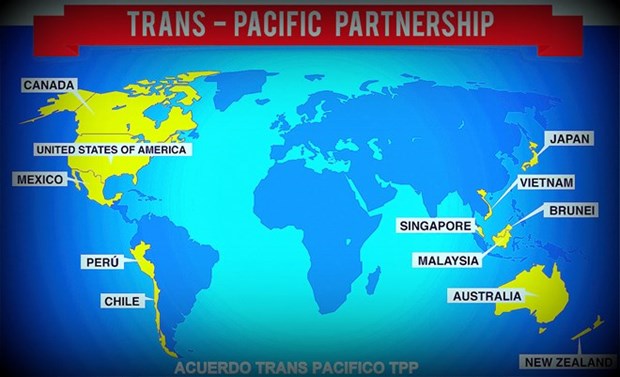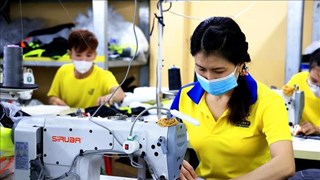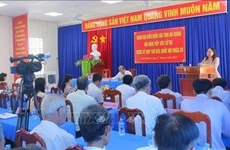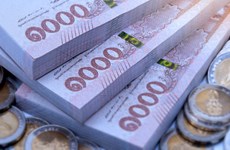TPP negotiators meet to hash out changes after US pullout
Chief negotiators of the 11 remaining countries of the Trans-Pacific Partnership (TPP) agreement began two-day talks in Tokyo, Japan on September 21 to discuss changes and freezes to parts of the deal following the withdrawal of the US earlier this year.
 Right after taking office in January 2017, US President Donald Trump announced the country was pulling out the pact as it hurts US jobs and he prefers bilateral trade negotiations. (Photo: internet)
Right after taking office in January 2017, US President Donald Trump announced the country was pulling out the pact as it hurts US jobs and he prefers bilateral trade negotiations. (Photo: internet)Tokyo (VNA) – Chief negotiators of the 11 remaining countries of the Trans-Pacific Partnership (TPP) agreement began two-day talks in Tokyo, Japan on September 21 to discuss changes and freezes to parts of the deal following the withdrawal of the US earlier this year.
At the meeting, Japanese chief negotiator Kazuyoshi Umemoto expressed his hope that the countries would take a big step forward towards the Asia-Pacific Economic Cooperation (APEC) Economic Leaders’ Meeting scheduled for November in Vietnam.
He reaffirmed the significance of establishing a free and multilateral trade system based on high-standard rules in the Asia-Pacific which really fits the 21st century.
“It is also important to continue to pursue the possibility of the US coming back to this framework and for that purpose it’s very important to implement the TPP as early as possible”, he added.
The talks are expected to cover proposals such as a clause to preserve copyrights and trademarks for 70 years after the creators die and a clause that calls TPP members to open public procurement, allowing foreign companies to join bids.
Another issue that needs to be addressed is a clause stating that the TPP can only come into force after six economies, accounting for 85 percent or more of the original 12 signatories’ combined gross domestic product, complete domestic procedures. So far, just Japan and New Zealand have ratified the deal. As the United States alone represents more than 60 percent of the initial members’ GDP, it is impossible for the pact to come into effect under the current terms.
The TPP was inked in February 2016 by Australia, Brunei, Canada, Chile, Japan, Malaysia, Mexico, New Zealand, Peru, Singapore, the United States and Vietnam, covering around 40 percent of the global economy.
Right after taking office in January 2017, US President Donald Trump announced the country was pulling out the pact as it hurts US jobs and he prefers bilateral trade negotiations.
Currently, Japan is the largest economy among the remaining negotiators. Tokyo wishes to reach an agreement among the countries to maintain the pact which had taken long time of negotiations before it was inked in February 2016.
However, it is possible that some countries can call for re-negotiations on import and export tariffs.-VNA












